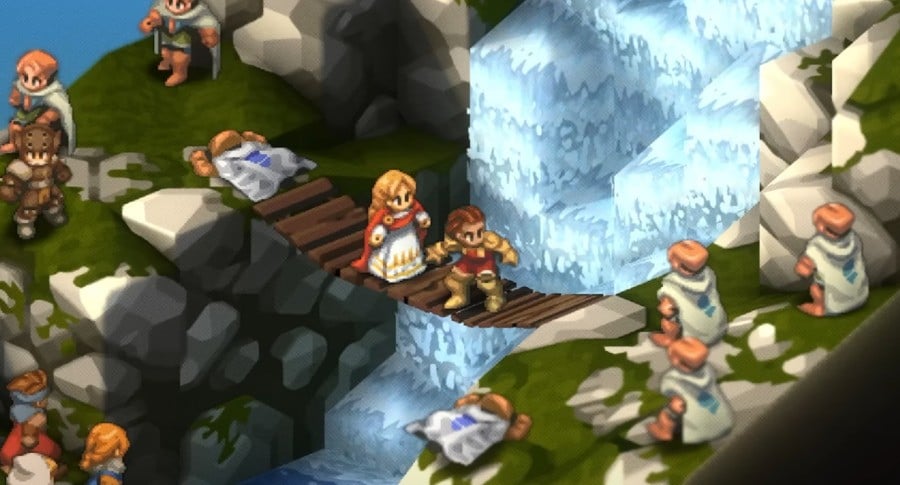
Final Fantasy Tactics is one of the most acclaimed entries in Square Enix's long-running series, and certainly one of the best PS1 games of all time, so when the rumours were confirmed recently that the 32-bit classic is getting a remaster for modern systems, fans were very pleased indeed.
The director of Final Fantasy Tactics - The Ivalice Chronicles, Kazutoyo Maehiro, recently took part in an interview about the game and made an unfortunate admission. When asked what the biggest challenge was when it came to creating this remaster, Maehiro replies:
"There were a number of major challenges, but all of them stemmed from the fact that the master data and source code from the original game no longer existed."
As you can imagine, this hasn't gone down well with some members of the gaming community:
Clearly, game preservation is something people are very passionate about, and rightly so. Like any art form, gaming's history deserves to be treated with the utmost respect or we risk losing it forever.
However, as Maehiro adds, the fact that Square Enix no longer has the source code for Final Fantasy Tactics isn't down to gross negligence; it's just the way things were back then:
"This isn't to say that they were mishandled or poorly managed or anything like that - keeping that kind of data wasn’t a normal thing to do at the time.
In those days, we didn't have the sort of robust resource-management tools that exist today, and on top of that, the production workflow for the game was such that the Japanese version was produced first, and then we would create localized versions by overwriting the data with that of other languages, including English.
There was also no such thing as online patches or updates, so unless there was any major reason to do something different, once you'd made the game, that was it."
Indeed, Square Enix isn't the only company guilty of this; Sega no longer has the source code for many of its past classics, including Panzer Dragoon Saga.
To overcome the issue, Maehiro says he and his team resorted to "sheer force" to create The Ivalice Chronicles:
"We analyzed a number of existing versions of the game and reconstructed the programming of the original, but there were also times where we played the original game and worked it out by feel alone...
The entire process was the result of cumulative hard work - on the one hand working to implement new features, while behind the scenes our work was similar to porting an old arcade game to the NES.
The staff who worked on this game were real lifesavers. I can't thank them enough."








